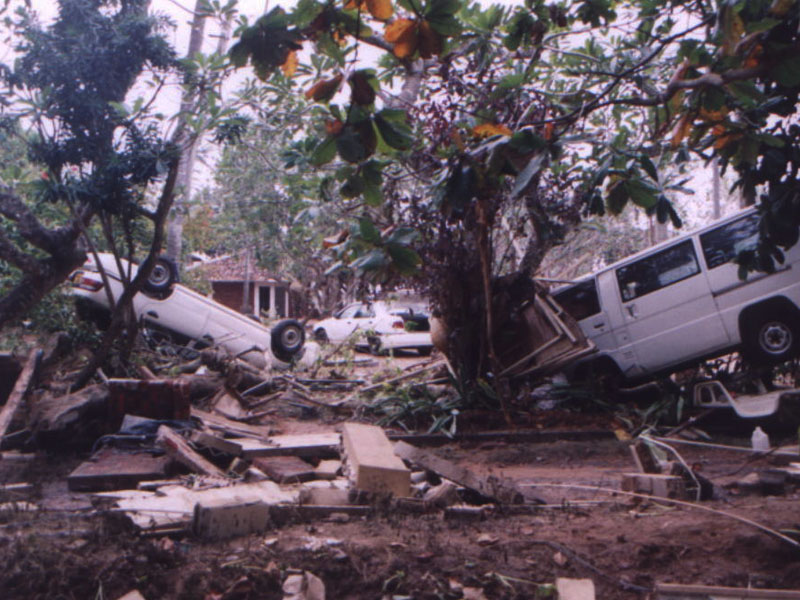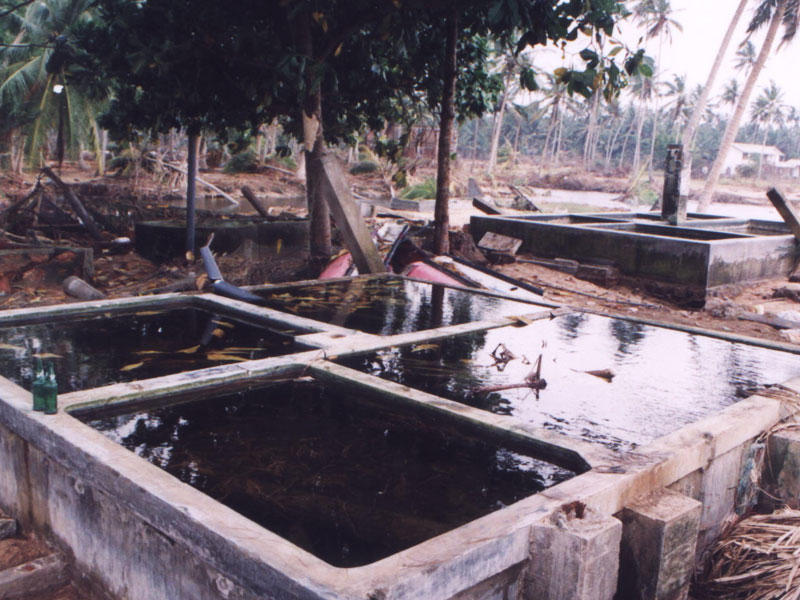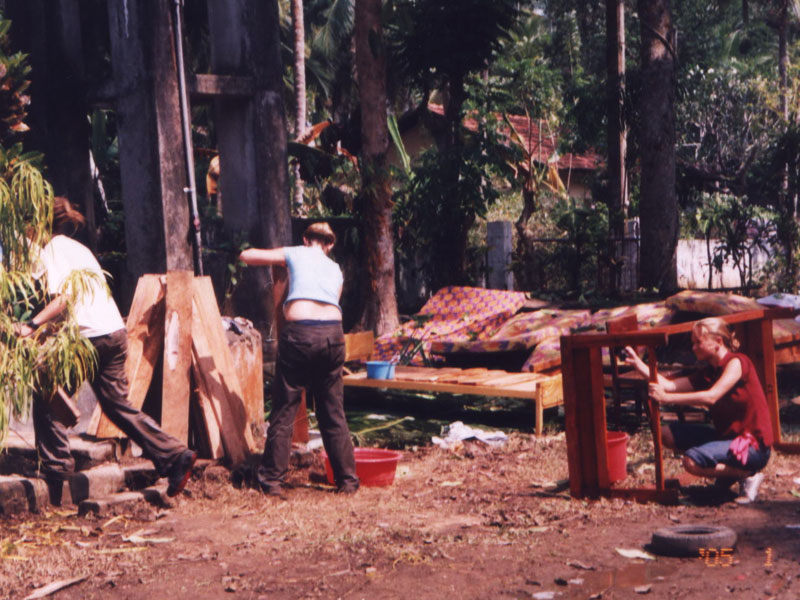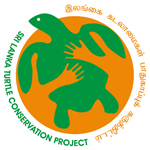
How local community affected
The Tsunami which occurred on the 26th of December 2004 brought irreversible devastation to the Southern and Eastern coastal zones of Sri Lanka. Approximately 4.88 million people live in the coastal zone of Sri Lanka, which totals only 4% of the land area. The high population density along the 1685km long coastline was severely hit and recent figures suggested that 38,000 people were killed while 5,644 people are still missing and 15,196 were injured. The people that survived this, severely scarred for life physically and mentally. Many people lost their property including their houses and source of income caused by the destruction of their businesses. Many fishermen lost their fishing equipment and vessels, farmers lost their machinery and the land is now infertile due to salination. As many of the schools were destroyed by the Tsunami waves, children were unable to attend vital classes, which include education and awareness programs concerning the importance of coastal resources conservation. In addition, the livelihoods of many coastal community members had been destroyed and they were unabled to generate sufficient income to maintain their families for a considerable time span. As a few examples, masons, carpenters, and small-scale traders managed to survive the waves but were unable to work as they lost all of their work tools and equipment.
Many of the people who survived the Tsunami were left homeless and inevitably had to move into temporary accommodation in the form of refugee camps. Due to the lack of clean water, as many of the wells were filled with seawater and facilities like toilets, those who were suffered from illness put others at risk. Poor standards of hygiene and crowded conditions encouraged the spread of diseases such as cholera, typhoid and chest infections from the swallowing of the Tsunami water throughout these camps. And there were serious health problems in local communities back in the time.
Damage to the TCP
The TCP main office which is located in the Kosgoda area was heavily stroked by the 6ft. height Tsunami wave. All the office equipment such as power generators, computers, furniture and electrical items, printed materials such as posters, books and leaflets and research equipment such as titanium tags, applicators, and binoculars, got destroyed including the office well & toilet other than the office building. The estimated loss was more than Rs. 10,000,000. The following photographs highlight these facts very clearly.
Hence, TCP’s Tsunami regaining programme aimed to provide sustainable regain from their challenging loses and therefore focused on livelihood development, infrastructure development and upgrading the environmental conditions.



Livelihood Development Programme
This programme basically dealt with upgrading the sustainable livelihoods for affected community members in the projected areas by persuading and helping them to find new pathways for their income generation. For instance, by promoting small businesses, re-establishment of handloom production and promoting other various beneficiaries.
Apart from the income generation, the TCP targeted to provide shelter, sanitation and other needs and as well as developing the capacities of the Tsunami affected communities.
Infrastructure Development Programme
In terms of the infrastructure, the TCP aimed at providing the information resources by pursuing the community library programme. Moreover, to enhance the knowledge and transferable skills of the communities by building community vocational centres.
Upgrade the Environmental Conditions
The Most significant impact of the Tsunami has been marine and costal related. The recent Tsunami brought huge calamities for mangroves, swamp marshes, beach vegetation and sand dunes, which played a vital role in coastal conservation. Many birds lost their roosting homes as the mangroves provided excellent habitat for this. Due to the massive scale of destruction, nesting habitats were lost for marine turtles, and many turtle nests were destroyed by the tsunami waves. The rapid accumulation of debris from the Tsunami waves has not only spoilt beaches but also caused obstacles for nesting turtles.

